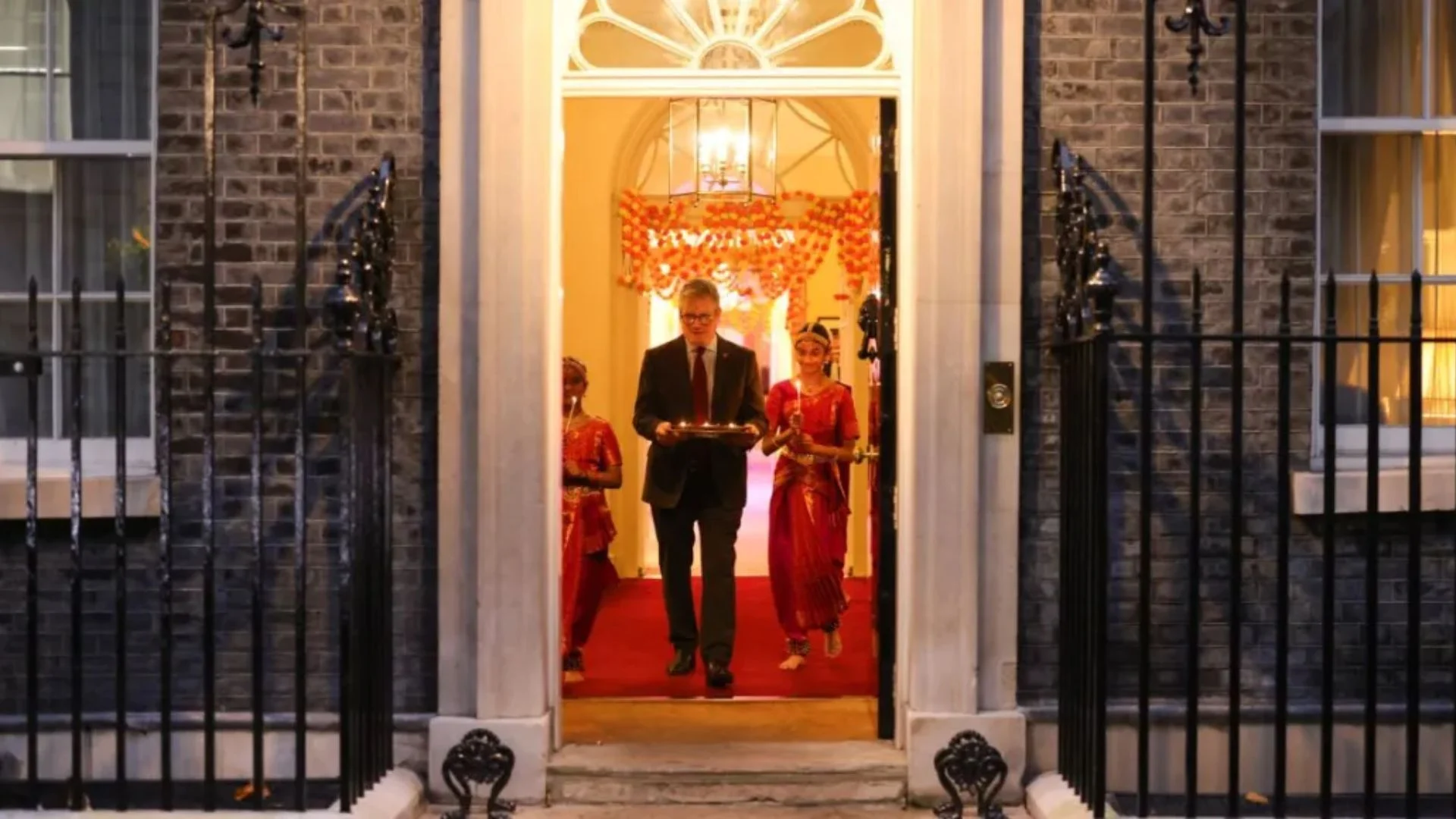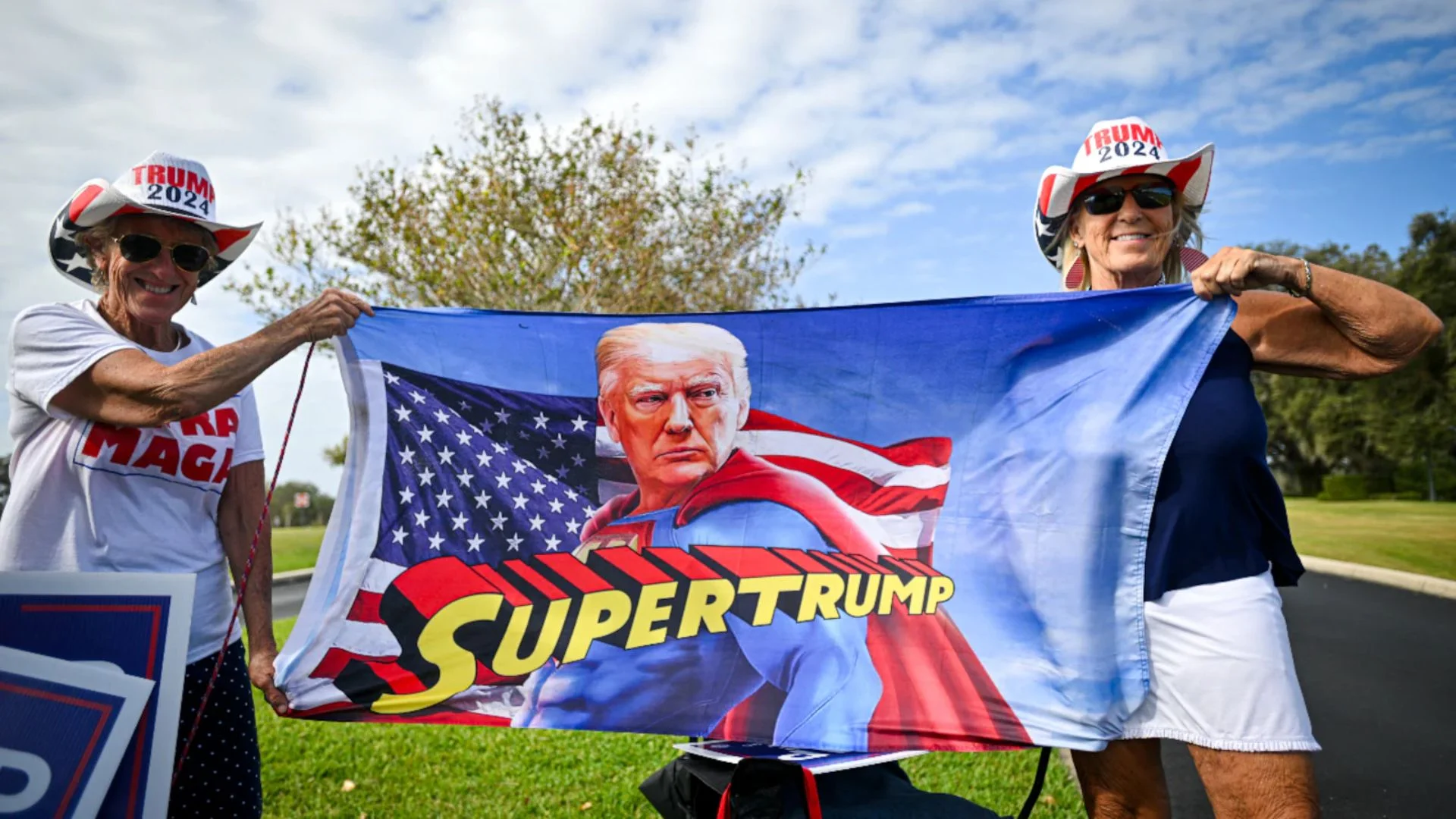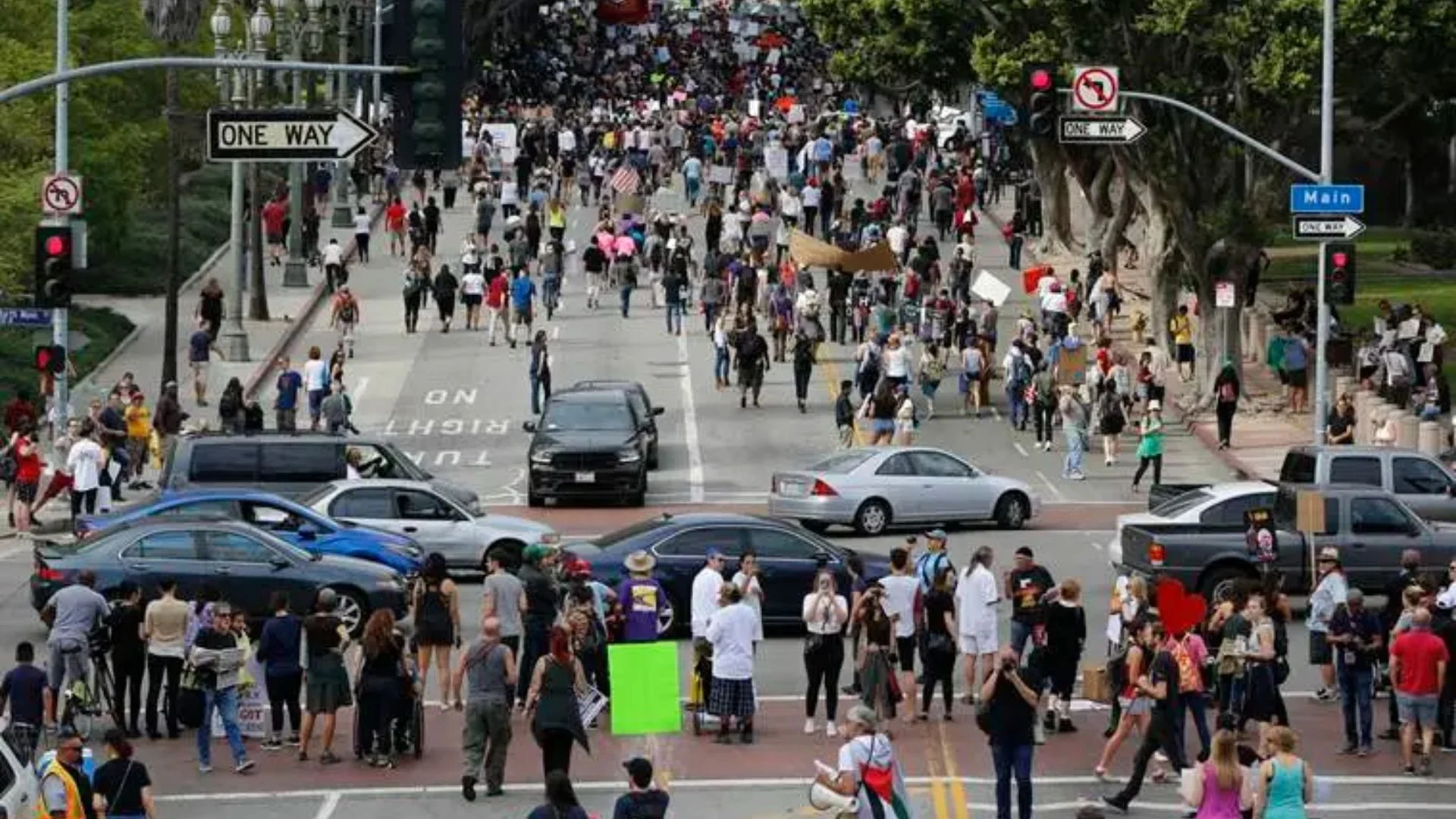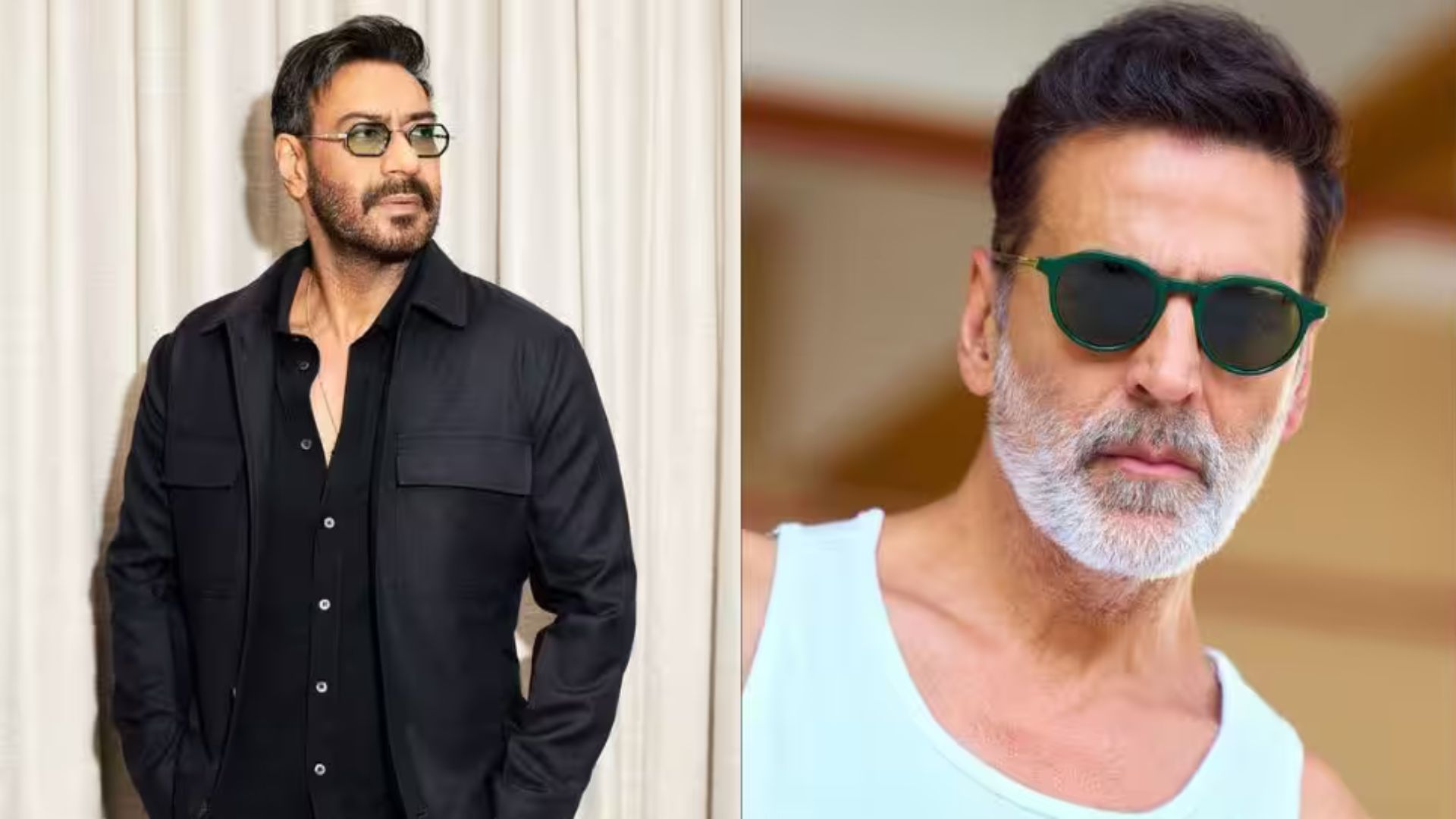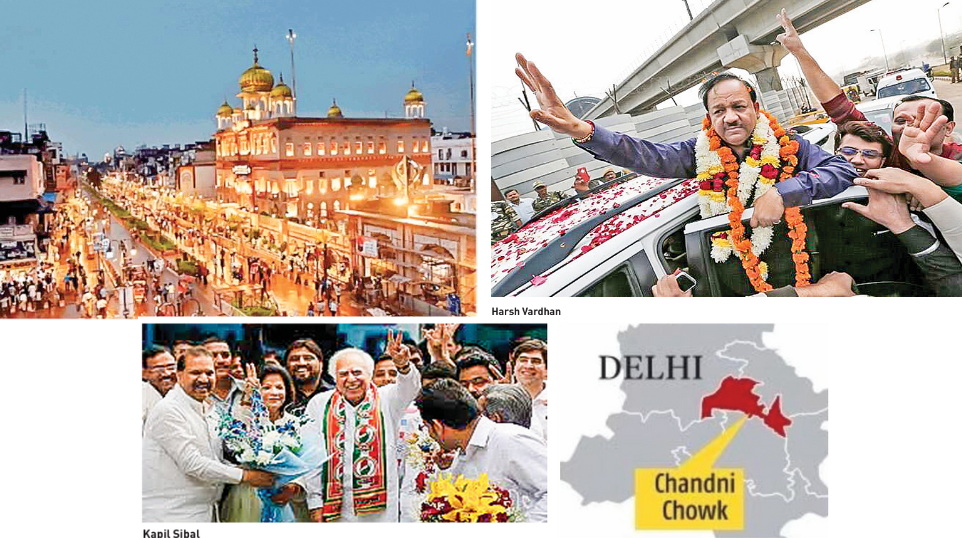
Chandni Chowk Lok Sabha constituency is traditionally the Congress bastion, as the age-old party emerged out victorious 9 times since independence, while BJP claimed the seat just five times.
Chandni Chowk Lok Sabha constituency is one of the seven Lok Sabha (parliamentary) constituencies in the Indian National Capital Territory of Delhi. This constituency came into existence in 1956. It is the smallest constituency of Lok Sabha in terms of area.
Chandni Chowk is one of the oldest and most historic constituencies in India. It was formed post-independence, following the delimitation of parliamentary constituencies. Chandni Chowk is situated in the heart of Delhi, the capital of India. It encompasses areas of historic and cultural importance, including the Red Fort, Jama Masjid, and various markets. Due to its central location and dense population, it has always been a politically significant constituency. Over the years, Chandni Chowk has witnessed a diverse range of political affiliations. It has been represented by candidates from various political parties, including the Indian National Congress (INC), Bharatiya Janata Party (BJP), and regional parties like the Aam Aadmi Party (AAP).
Like any other urban constituency, Chandni Chowk faces a range of issues including infrastructure development, traffic congestion, pollution, and housing problems. Candidates often focus on addressing these issues during election campaigns. The demographic profile of Chandni Chowk is diverse, with a mix of people from different socio-economic backgrounds, religions, and communities. This diversity often reflects in the election dynamics and candidate strategies. Overall, Chandni Chowk Lok Sabha constituency holds a rich political history and continues to play a crucial role in shaping the political discourse of the country.
Before understanding Chandni Chowk Lok Sabha constituency let’s have a look at the Chandni Chowk. Here’s a brief overview of its history:
Mughal Era: Chandni Chowk was established in the 17th century by the Mughal Emperor Shah Jahan, who also built the majestic Red Fort and Jama Masjid nearby. The area was designed as a square with a centrally located pool, which reflected the moonlight, hence the name “Chandni Chowk.”
Commercial Hub: From its inception, Chandni Chowk became a bustling marketplace and a center of trade and commerce. Traders from across India and beyond flocked to the area to buy and sell a variety of goods, including textiles, spices, jewelry, and perfumes. Over the centuries, Chandni Chowk evolved into a vibrant cultural melting pot, attracting people from different parts of India and the world. It became known for its diverse population, comprising Hindus, Muslims, Sikhs, and others, who coexisted and contributed to the area’s rich tapestry of traditions and customs.
Role in India’s Freedom Struggle: Chandni Chowk played a significant role in India’s freedom struggle against British colonial rule. Many prominent freedom fighters, including Mahatma Gandhi, Jawaharlal Nehru, and Subhas Chandra Bose, addressed gatherings and organized protests in the area, galvanizing support for independence.
Partition and Aftermath: The partition of India in 1947 had a profound impact on Chandni Chowk, as millions of refugees, especially from Pakistan, arrived in Delhi seeking shelter and livelihood. The area witnessed upheaval and communal tensions, but also resilience as communities worked together to rebuild their lives.
Post-Independence Development: In the post-independence era, Chandni Chowk continued to thrive as a commercial and cultural hub. However, rapid urbanization and population growth led to infrastructure challenges, including congestion, inadequate sanitation, and environmental degradation.
Preservation Efforts: Despite the pressures of modernization, efforts have been made to preserve Chandni Chowk’s architectural heritage and cultural identity. Restoration projects, heritage walks, and cultural festivals aim to showcase the area’s historical significance and promote sustainable development.
Overall, Chandni Chowk’s history is a testament to the resilience, diversity, and dynamism of India’s capital city, reflecting the country’s journey from ancient times to the modern era.
Members of Parliament
Radha Raman: He was an Indian politician and freedom fighter of Indian National Congress who served as Member of the 1st Lok Sabha 1952-57 from Delhi (Walled) City and the 2nd Lok Sabha 1957-62 from Chandni Chowk Lok Sabha constituency and President of [[Delhi Pradesh Congress Committee] before independence as well as after independence ] on 24 March 1970. He also served as Chief Executive Councillor of Delhi (now known as Chief Minister of Delhi) from 1972 to 1977. He was the first politician to represent Chandni Chowk in Lok Sabha.
Subhadra Joshi: She was an Indian freedom activist, politician and parliamentarian from Indian National Congress. She took part in the 1942 Quit India movement, and later remained the president of the Delhi Pradesh Congress Committee (DPCC). She was from Sialkot (now in Pakistan).
She was a parliamentarian for four terms from 1952 to 1977 – from Karnal (Haryana) in 1952, Ambala (Haryana) in 1957, Balrampur (Uttar Pradesh) in 1962 and from the Chandni Chowk Lok Sabha constituency in 1971. After defeating Atal Behari Vajpayee in Balrampur in 1962, she then lost 1967 Lok Sabha election to him from the same seat. She won Lok Sabha election from Chandani Chowk in Delhi in 1971 but lost from the same seat in 1977 to Sikandar Bakht. She became the first woman MP from the state of Punjab when she got elected from Karnal (then in Punjab). In an interview given in 1987, she recalled how it was decided that she should stand for the election from Karnal. In the 1962 election, she defeated Atal Bihari Vajpayee, who was the sitting MP from Balrampur. She made important contributions to the passage of Special Marriage Act, the Nationalization of Banks, Abolition of Privy Purses and the Aligarh University Amendment Act. She introduced the Code of Criminal Procedure (Amendment) Bill, 1957 (Bill No. 90 dated 19 December 1957) “to remove the hardship caused to a woman in spending money on litigation when her husband commits the offence of bigamy”. It was passed in 1960 and is one of only 15 Private Members’ Bills passed since independence. Her crowning achievement however was her successful move to amend the code for Criminal Procedure that made any organized propaganda leading to communal tensions or enmity a cognizable offence. She is alleged to have had an affair with Indira Gandhi’s husband, Feroze Gandhi.
On 29 March 1963, she moved a motion in the Lok Sabha to nationalize banks to mobilize the national resources after Sino-Indian War. On 6 September 1963, the motion was defeated with 119 against it and 27 supporting it. She was awarded the Rajiv Gandhi Sadhbhavana Award given by the Rajiv Gv andhi Foundation.
Sikander Bakht: He was an Indian politician belonging to the Bharatiya Janata Party (BJP) who served as the 15th governor of Kerala from 2002 until his death. He was elected as the Vice President of the BJP, served as its leader in the Rajya Sabha, and as a cabinet minister in the NDA government headed by Atal Bihari Vajpayee. In 2000, he was awarded Padma Vibhushan, the second highest civilian honour of the Government of India.
Prime Minister Indira Gandhi ordered General Elections in March 1977. As soon as the opposition leaders were released, they merged all opposition parties to form The Janta Party. In March 1977, Bakht was elected to the Lok Sabha (the lower house of Indian Parliament) as a Janata Party candidate, from Chandni Chowk in New Delhi. Morarji Desai was appointed Prime Minister and he appointed Bakht as a Cabinet Minister for Works, Housing, Supply and Rehabilitation. He served in this capacity till July 1979. In 1980 the Janta Party split and Bakht opted to be with the Bharatiya Janata Party (BJP). He was appointed General Secretary of BJP. In 1984 he was made the Vice President of BJP. In 1990 Bakht was elected to the Rajya Sabha (the upper house of the Indian Parliament) from Madhya Pradesh. In 1992 he became the Leader of Opposition in the Rajya Sabha. (The Leader of Opposition is equivalent to Cabinet Minister’s post.) On 10 April 1996 he was reelected from Madhya Pradesh to the Rajya Sabha. Jai Prakash Aggarwal: He is a politician from the Indian National Congress party and was a member of the Parliament of India who has represented North East Delhi and Chandni Chowk in Lok Sabha, the lower house of the Indian Parliament and Delhi in the Rajya Sabha, the upper house of the Indian Parliament. His brother Atam Prakash Aggarwal is the Manager of Ramjas School Pusa Road located in Karol Bagh, Delhi. In the 2009 Indian general election, he defeated the Bharatiya Janata Party candidate by a margin of over 200,000 votes. In the 2014 Indian general election, he lost to Bhartiya Janta Party candidate Manoj Tiwari by a margin of about 380,000.
Vijay Goel: He is an Indian politician and a former Minister of State for Parliamentary Affairs and Statistic and Implementation in the NDA government. A former Minister of Youth Affairs and Sports, Goel is affiliated with the Bharatiya Janata Party (BJP). He became president of the Delhi unit of the BJP in February 2013. He was elected to Rajya Sabha from Rajasthan in 2014.
He is the former Delhi University Students’ Union president and an alumnus of Shri Ram College of Commerce. He has been the Member of Parliament for the 11th, 12th and 13th Lok Sabha representing the Sadar and Chandni Chowk constituencies of Delhi. He also served as the Union Minister of State of Labour, Parliamentary Affairs, Statistics & Programme Implementation and Youth Affairs & Sports in the National Democratic Alliance (India) government until 2004.
Kapil Sibal: He is an Indian lawyer and politician. A designated Senior Advocate, he has represented several high-profile cases in the Supreme Court of India and is widely regarded as one of the famous lawyers of India. He is a Member of Parliament, in Rajya Sabha. A University of Delhi and Harvard University graduate, Sibal has practiced law in Wall Street and held several important posts relating to law and administration including Additional Solicitor General, and President of Supreme Court Bar Association. Sibal first entered Rajya Sabha in 1998 to represent Bihar. Before that, he had unsuccessfully contested for the Lok Sabha against Sushma Swaraj. He later contested from Chandni Chowk and won in 2004 and 2009. As a senior Indian National Congress member then, Sibal served under Prime Minister Manmohan Singh as a minister holding various portfolios over the years. As minister, he headed delegations of India in high-profile international forums.
His actions in official capacity were controversial multiple times including when he undertook to regulate internet content. Sibal often was portrayed as an intellectual face of the Congress who batted for the party on television and in regular columns.
In the Supreme Court of India, he usually represented the Congress. He left the Indian National Congress in 2022 to file his nomination for the Rajya Sabha independently but backed by Samajwadi Party. He was elected again as President of Bar Association in the Supreme Court for the year 2024–25.
Harsh Vardhan: He is a former Indian politician and otorhinolaryngologist. He had served as the Minister of Health and Family Welfare, Minister of Science and Technology and Minister of Earth Sciences in the BJP-led NDA government of Prime Minister Narendra Modi from 30 May 2019 to 7 July 2021. He represents Chandni Chowk in Delhi as a Member of Parliament in the 17th Lok Sabha. He was elected to the office of Chairperson of the Executive Board of the World Health Organization from May 22, 2020. Vardhan has been prominent in the Indian government’s response to the COVID-19 pandemic. He later resigned from his cabinet post ahead of the cabinet reshuffle in July 2021. He retired from active politics on 4 March 2024 after allegedly being denied a ticket for the 2024 Lok Sabha elections.
